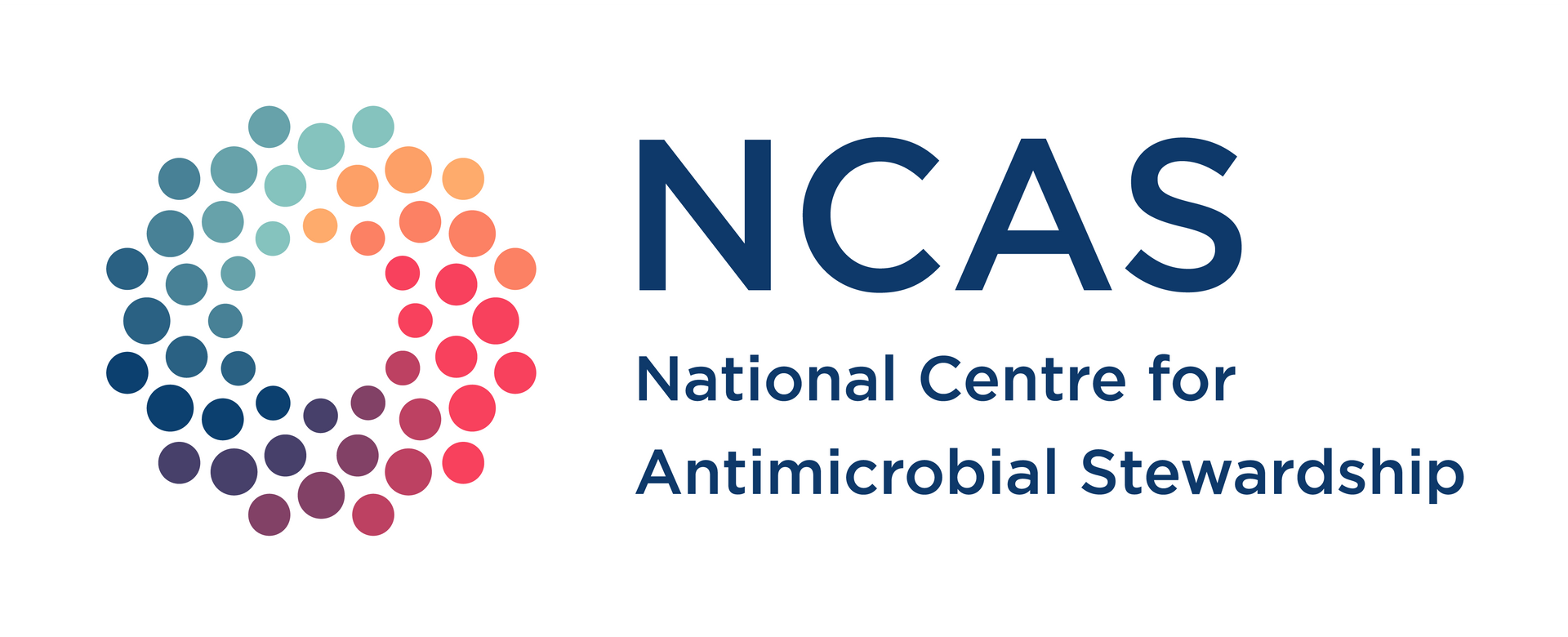Evaluating the implementability of antibiotic surgical prophylaxis guidelines
Courtney Ierano, Darshini Ayton, Trisha Peel, Caroline Marshall and Karin Thursky
Abstract
Highlights:
- Appraisal of Australian surgical antimicrobial prophylaxis guidelines implementability.
- Current guidelines demonstrated overall implementability.
- Facilitators such as measurability highlight the guidelines strengths.
- Borderline barriers such as validity and flexibility require ongoing development.
- Guideline developers/implementers should consider these factors to improve uptake.
Background: Current Australian data highlight guideline noncompliant prescribing of antimicrobials for surgical prophylaxis. The study aim was to evaluate the implementability of the Australian national surgical prophylaxis (SAP) guidelines to identify facilitators for and barriers to compliance.
Methods: Key stakeholders appraised the surgical prophylaxis guidelines using the GuideLine Implementability Appraisal (GLIA) tool. Questions with 100% agreement for the response ‘Yes’ were identified as facilitators and those with 100% agreement for ‘No’, a barrier. Questions that did not receive 100% agreement, but had a majority (40–60%) ‘Yes’ or ‘No’ consensus were considered as borderline facilitators and barriers respectively.
Results: Ten appraisals were completed. Guideline recommendations were rated as easily identifiable and concise and were thus facilitators for implementation. The ability to measure guideline adherence and outcomes, and recommendations that were consistent with guideline user abilities and beliefs were also identified as facilitators. Borderline facilitators related to the clarity of the recommendations and whether they were explicit in what to do and in what circumstances. Evidence quality underpinning recommendations (validity), inflexibility of recommendations (flexibility) and the lack of patient data at the point of use (computability) were identified as borderline barriers to implementation. No recommendation reached agreement as being a barrier.
Conclusion: The GLIA appraisal demonstrated overall implementability of the current Australian national surgical prophylaxis guidelines. Facilitators (i.e., measurability) and borderline facilitators highlight strengths of the current guideline. Borderline barriers (i.e., validity, flexibility and computability) may negatively impact upon implementability. Guideline developers should consider these dimensions to optimise guideline uptake and consequently patient care.
Keywords: Guideline implementability, surgical antimicrobial prophylaxis, guideline compliance.
Read the full paper here.
Citation: Ierano, C., Ayton, D., Peel, T., Marshall, C., Thursky, K. (2019). Evaluating the implementability of antibiotic surgical prophylaxis guidelines. Infection, Disease and Health. DOI: https://doi.org/10.1016/j.idh.2019.08.004.











